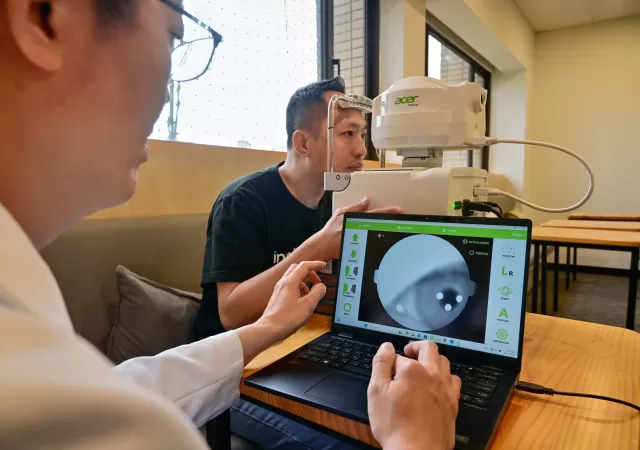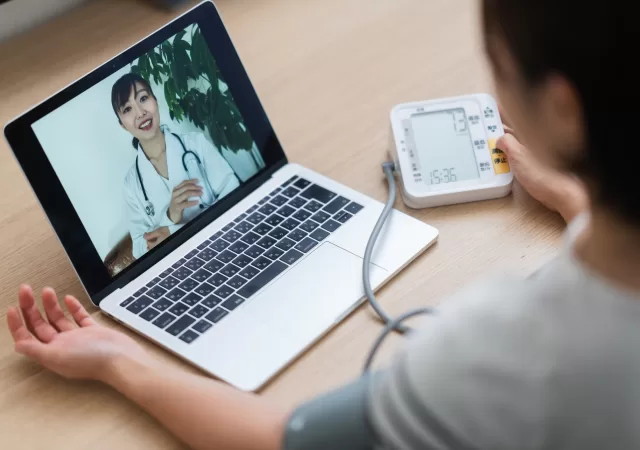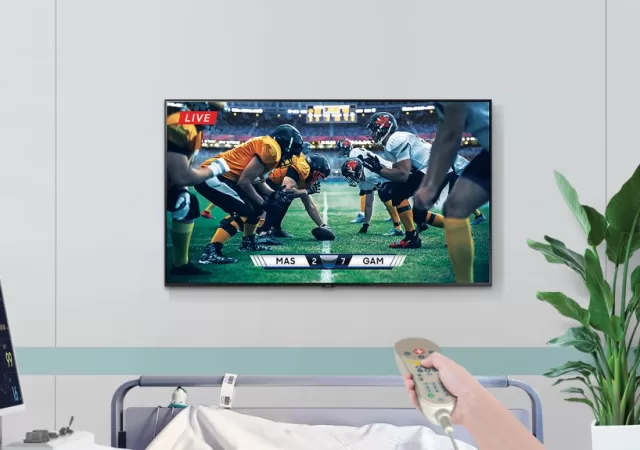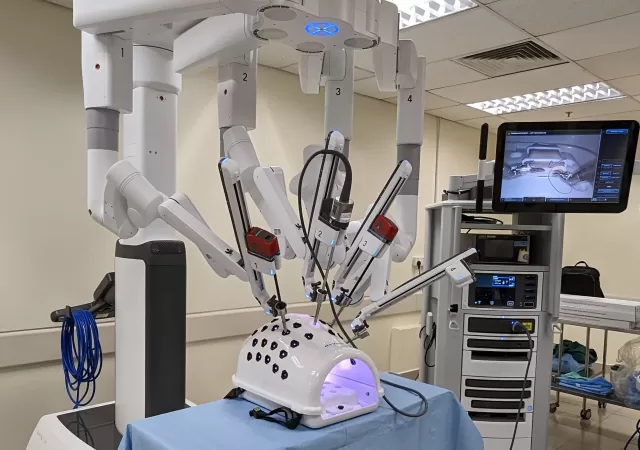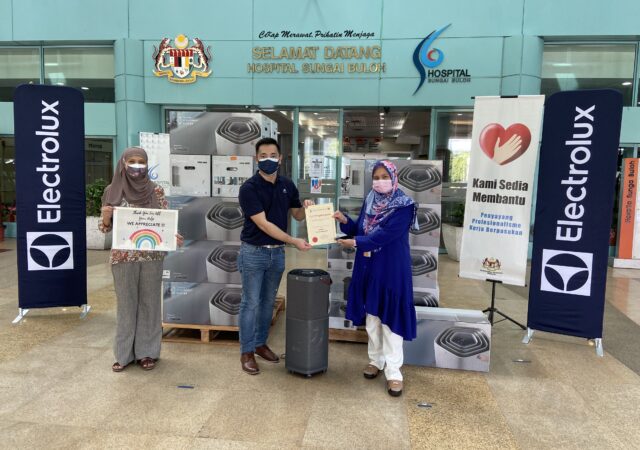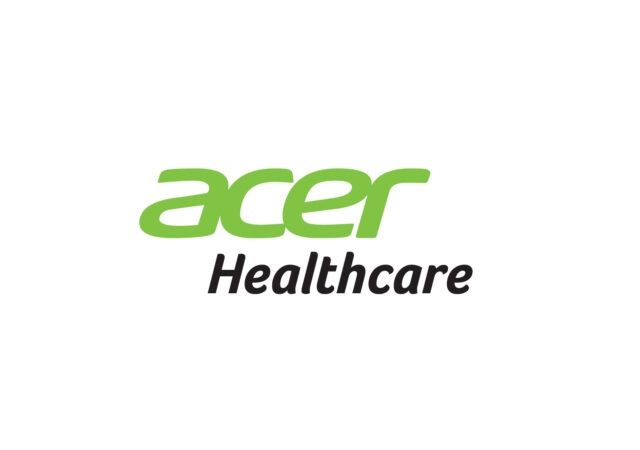Acer branches into the healthcare arena with AI innovations targeted at addressing painpoints in the medical field.
SEA’s Health Tech Leap: Secure Data Powers Remote, Personalized Care
SEA’s is set to be the stage of large scale digitization in all sectors including the medical sector. DKSH weighs in on how it can impact the landscape and what hurdles there are to it.
Empowering the Future of Personalized Medicine Through Co-Creation: Forging A Path With NalaGenetics and Zurich Insurance
Zurich continues to push boundaries in Healthcare and InsureTech with the Zurich Innovation Championship (ZIC) by working with one of the Champions, NalaGenetics, in an effort that brings personalised medicine to the forefront.
Transforming Healthcare in Asia Pacific: The Impact of Medical Devices
Telemedicine, remote medical devices and other new emerging technologies are reshaping healthcare. DKSH weighs in on the impact of these technologies.
Samsung Unveils Specialized TVs for Healthcare Industry
Samsung unveils two TV models specially designed to maximise patient comfort and functionality in healthcare environments.
Sunway Medical Centre launches the latest tech in robot-assisted surgery
Sunway Medical Centre commemorates a big milestone in robot-assisted surgeries, celebrating 1000 successful surgeries and its patients. Committed to being a leading smart hospital, SunMed advances further with the acquisition of the highly advanced, da Vinci Xi 4th Generation Surgical…
Edge Automation: Seven Industry Use Cases & Examples
With edge computing becoming more mainstream, numerous use cases and challenges have emerged. Red Hat shares some of the most pertinent.
Electrolux Contributes Air Purifiers to Sg Buloh Hospital to help prevent Nosocomial Infections
Electrolux donates air purifiers to Sg Buloh Hospital in Malaysia with the hopes of reducing nosocomial infections amidst the COVID-19 pandemic.
Acer Expands to Healthcare with a Focus on AI-Assisted Diagnostics
Acer continues to diversify its business with its foray into AI assisted diagnostics under a new subsidiary, Acer Healthcare.
Automating & Optimising for Better Administration of Healthcare Benefits
Healthcare benefits can be a tricky balancing act for companies, however, with the correct automation tools, they are able to better handle and optimise processes.



